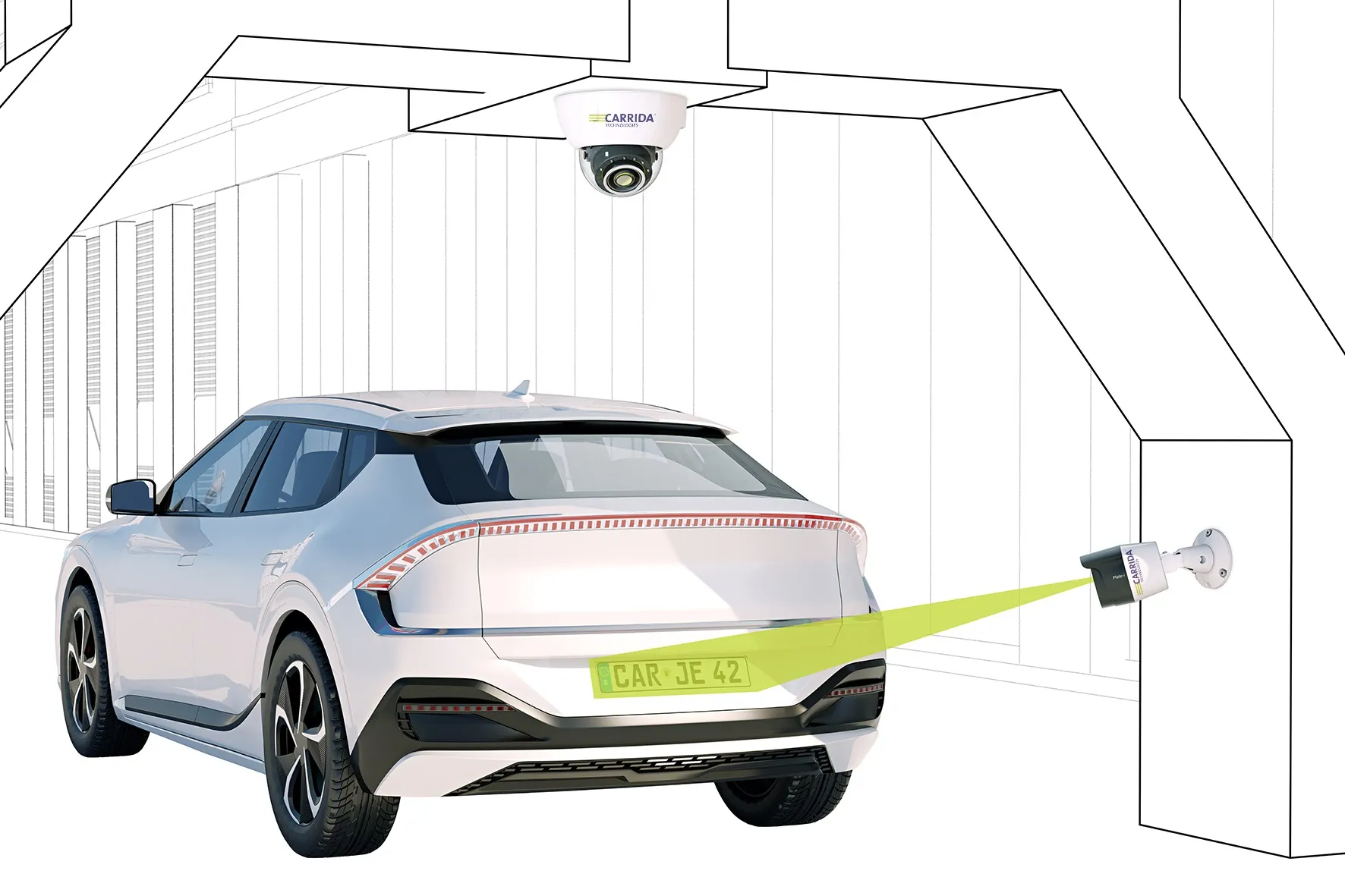Designed for industrial applications, Moxa claims its new VPort 26A-1MP IP camera is the world’s first dome-type extreme weather HD IP camera designed to operate reliably in a -40 to 75°C temperature range, without a fan or heater. The rugged and vandal-proof camera is suitable for day and night outdoor surveillance in harsh environments, and is said to delivers superior video performance, DNR and WDR functions and IP bandwidth optimisation.
July 25, 2013
Read time: 1 min
Designed for industrial applications, 97 Moxa claims its new VPort 26A-1MP IP camera is the world’s first dome-type extreme weather HD IP camera designed to operate reliably in a -40 to 75°C temperature range, without a fan or heater. The rugged and vandal-proof camera is suitable for day and night outdoor surveillance in harsh environments, and is said to delivers superior video performance, DNR and WDR functions and IP bandwidth optimisation.
In addition, the VPort 26-1MP is EN 50121-4 compliant, making it well suited for demanding railway, public safety and high humidity applications, including tunnels, offshore and heavy duty industries.
In addition to sharp surveillance images, even in poor lighting conditions, the camera delivers 1280 x 720 HD resolution at 30 FPS simultaneously over three video streams and uses H.264 compression to maintain image quality while reducing the required amount of storage space and bandwidth.
In addition, the VPort 26-1MP is EN 50121-4 compliant, making it well suited for demanding railway, public safety and high humidity applications, including tunnels, offshore and heavy duty industries.
In addition to sharp surveillance images, even in poor lighting conditions, the camera delivers 1280 x 720 HD resolution at 30 FPS simultaneously over three video streams and uses H.264 compression to maintain image quality while reducing the required amount of storage space and bandwidth.










